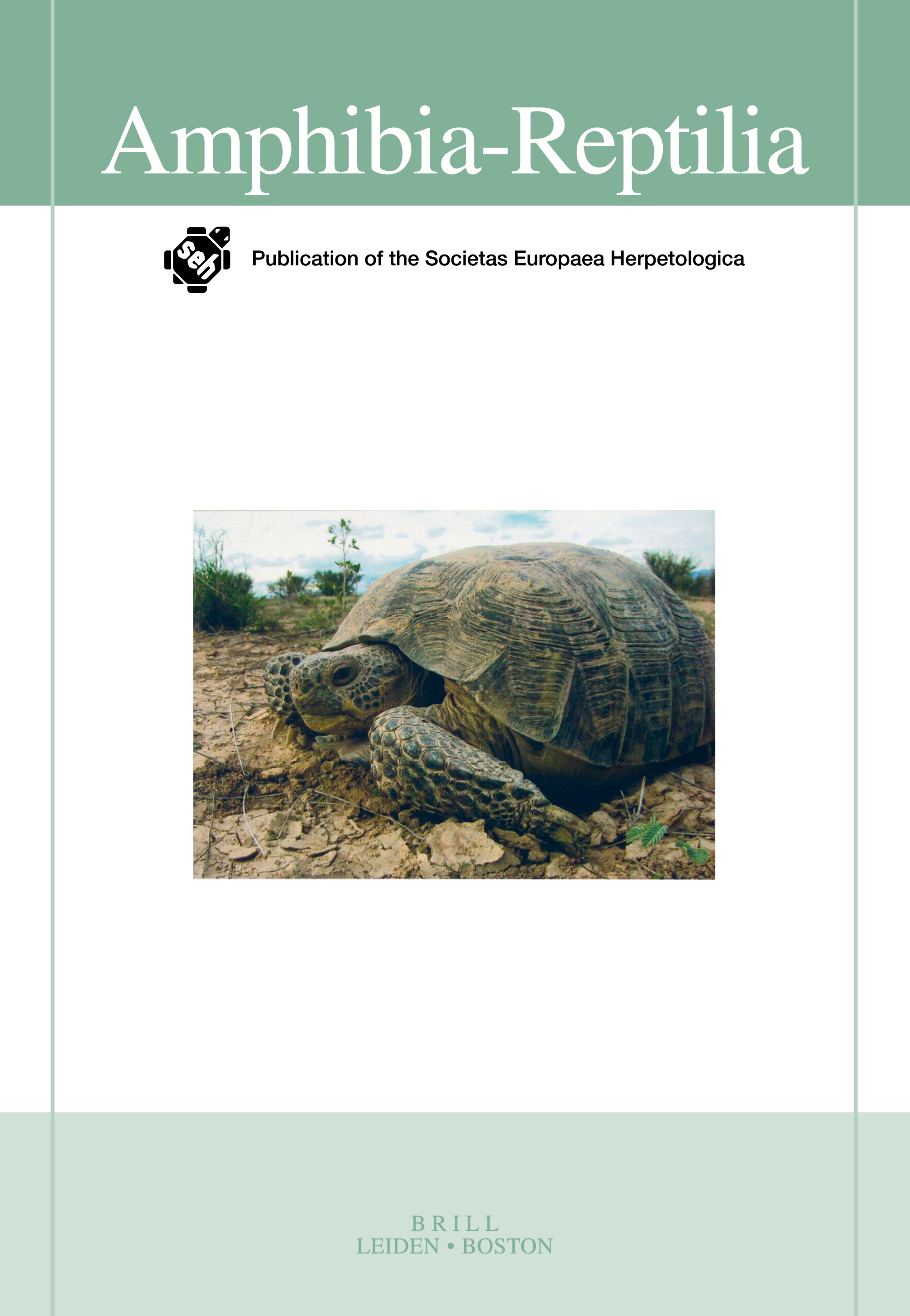Ver ítem
- xmlui.general.dspace_homeCentros Regionales y EEAsCentro Regional Patagonia SurEEA Santa CruzArtículos científicosxmlui.ArtifactBrowser.ItemViewer.trail
- Inicio
- Centros Regionales y EEAs
- Centro Regional Patagonia Sur
- EEA Santa Cruz
- Artículos científicos
- Ver ítem
Potential biodiversity map of lizard species in Southern Patagonia: environmental characterization, desertification influence and analyses of protection areas
Resumen
The distribution of biodiversity at the landscape level is shaped by biotic, abiotic and anthropogenic factors. Biodiversity maps provide the basis for defining management and conservation strategies that can minimize human impacts. The objective was to elaborate a map of potential biodiversity of lizards based on habitat suitability maps of individual species in Santa Cruz (Argentina). Also, we analysed desertification influence and the
[ver mas...]
The distribution of biodiversity at the landscape level is shaped by biotic, abiotic and anthropogenic factors. Biodiversity maps provide the basis for defining management and conservation strategies that can minimize human impacts. The objective was to elaborate a map of potential biodiversity of lizards based on habitat suitability maps of individual species in Santa Cruz (Argentina). Also, we analysed desertification influence and the representativeness of the current network of protected areas on the lizard biodiversity. For this, we used a database of eight lizard species and we explored 41 potential explanatory variables to develop habitat suitability maps, which were combined to obtain one single map of the potential biodiversity. We analysed the outputs in a GIS project using the marginality and the specialization indexes and the normalized difference vegetation index of each species. Also, we characterized the potential biodiversity using the following variables: desertification, ecological areas and current network of protected areas. We detected differences in the occupied niches for the different species throughout the landscape. The map of potential biodiversity uncovered hotspots of biodiversity in the north-east study area, where the prevalence of unique climatic conditions showed a dry steppe and a high degree of desertification due to the human impacts (e.g. livestock). These results can be readily used as a support system for conservation and management strategies at different scale levels in areas with higher human impacts or to develop new protection areas.
[Cerrar]

Autor
Rosas, Yamina Micaela;
Peri, Pablo Luis;
Martínez Pastur, Guillermo José;
Fuente
Amphibia-Reptilia 39 (3) : 289–301 (2018)
Fecha
2018
ISSN
0173-5373
1568-5381
1568-5381
Formato
pdf
Tipo de documento
artículo
Palabras Claves
Derechos de acceso
Restringido
 Excepto donde se diga explicitamente, este item se publica bajo la siguiente descripción: Creative Commons Attribution-NonCommercial-ShareAlike 2.5 Unported (CC BY-NC-SA 2.5)
Excepto donde se diga explicitamente, este item se publica bajo la siguiente descripción: Creative Commons Attribution-NonCommercial-ShareAlike 2.5 Unported (CC BY-NC-SA 2.5)

